🕸️ Web3 Design Resources for Curious Creators, Not Just Crypto Natives
Explore Web3 tools, UI kits, AI generators, and crypto design references—curated for designers who want to build for what’s next, without the overwhelm.
-
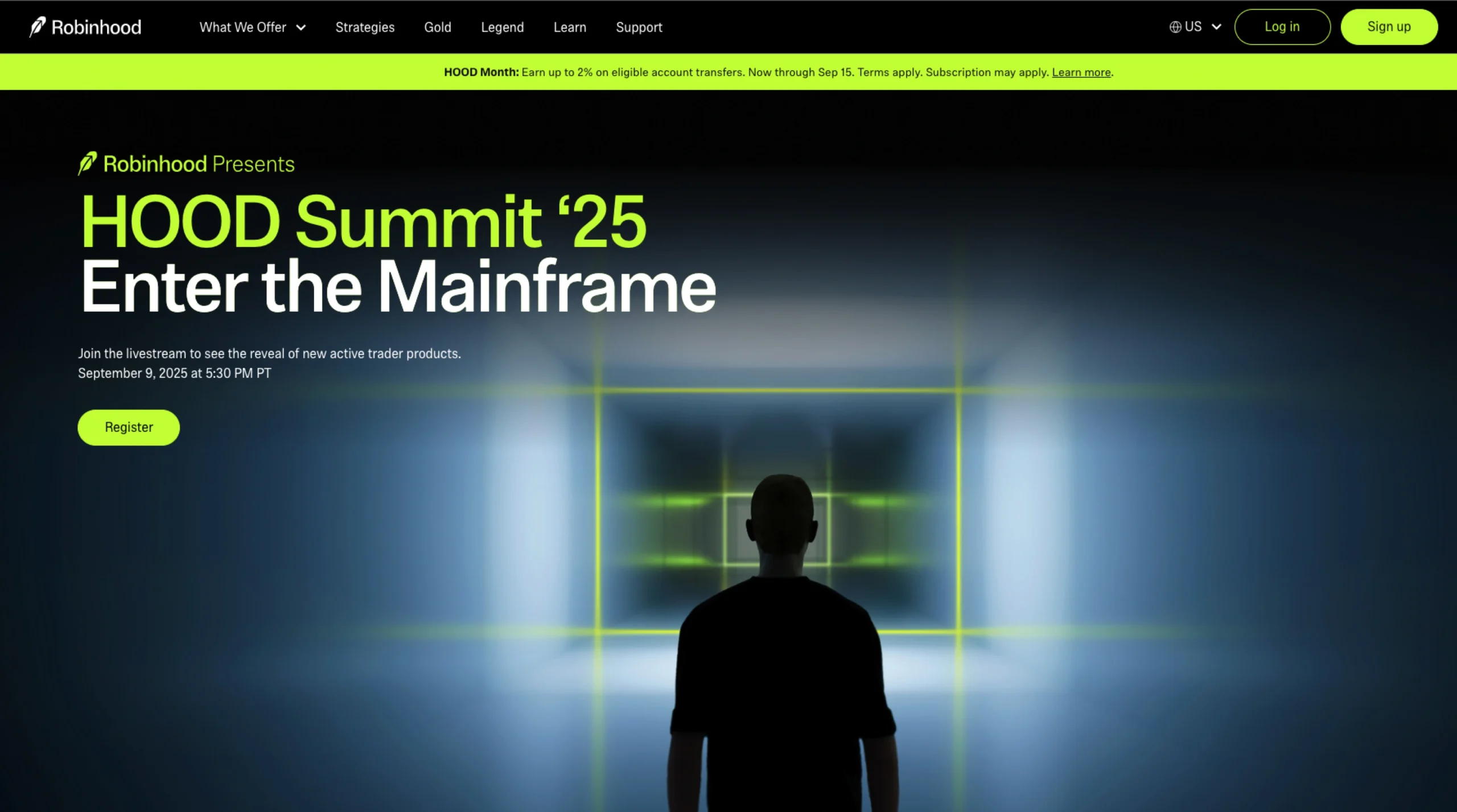
Robinhood – Trading Ecosystem
-
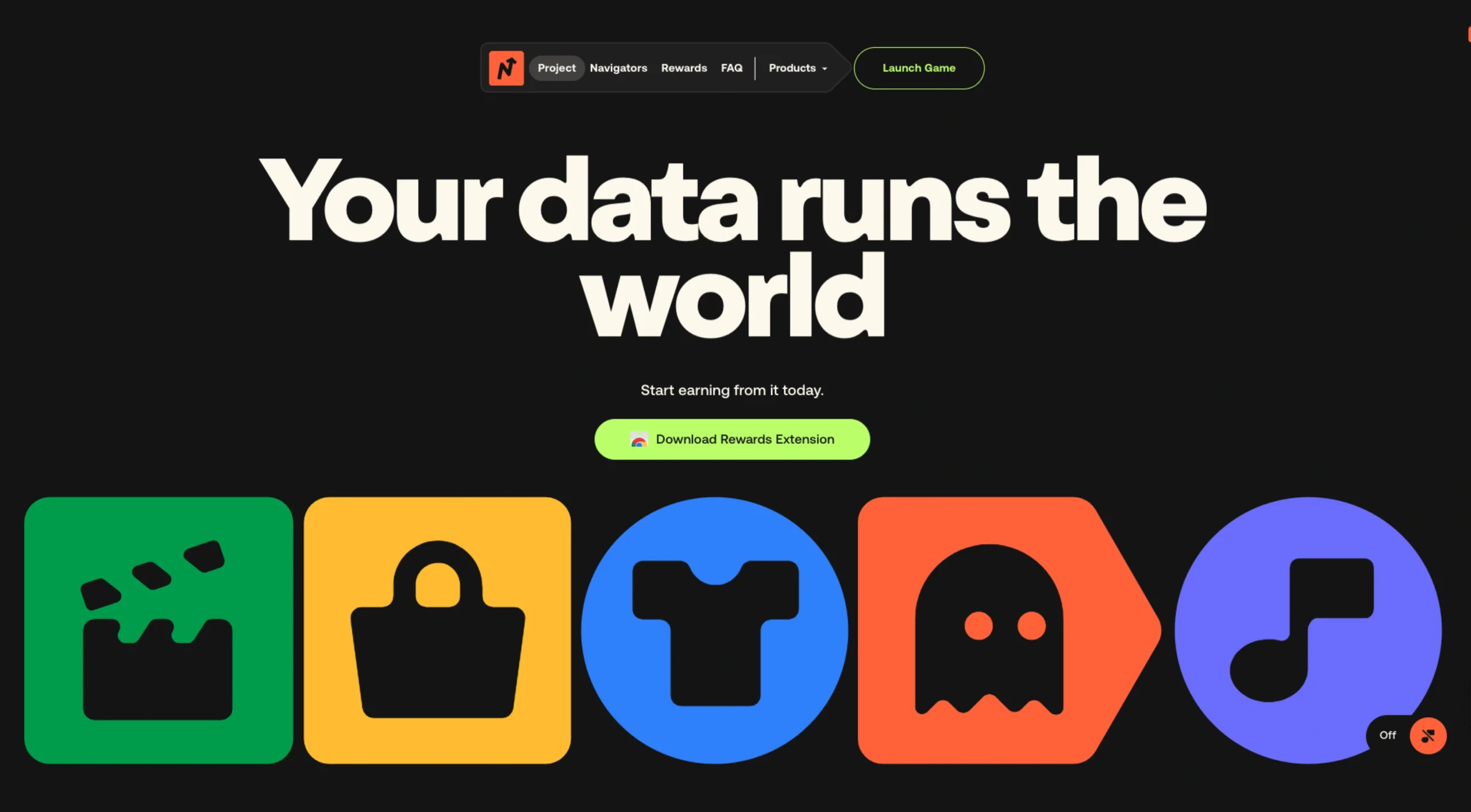
nvg8 io – Web3-powered Decentralized Intelligence Platform
-

Ton Org – Blockchain Ecosystem
-
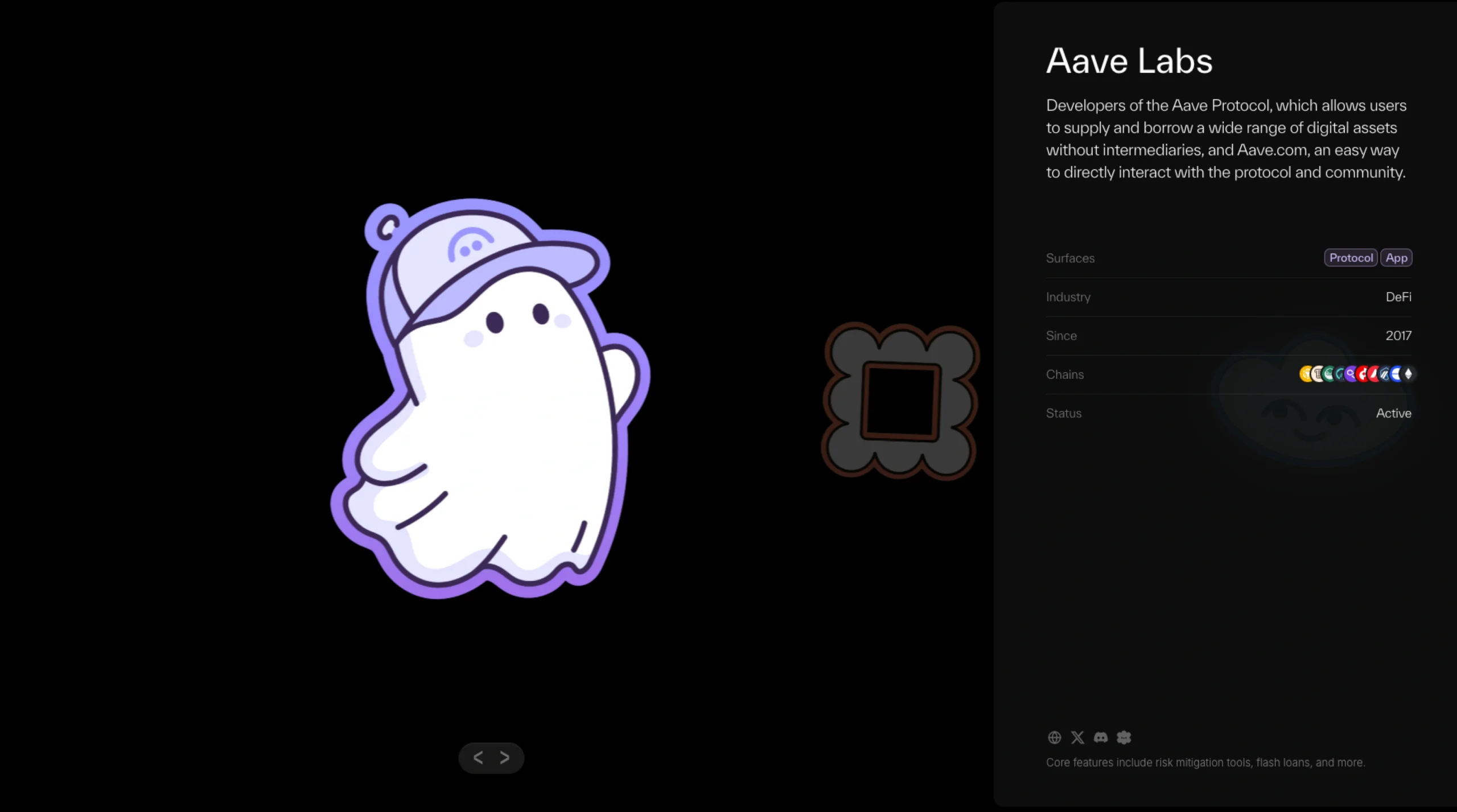
Avara – Decentralizing Blockchain Technologies
-
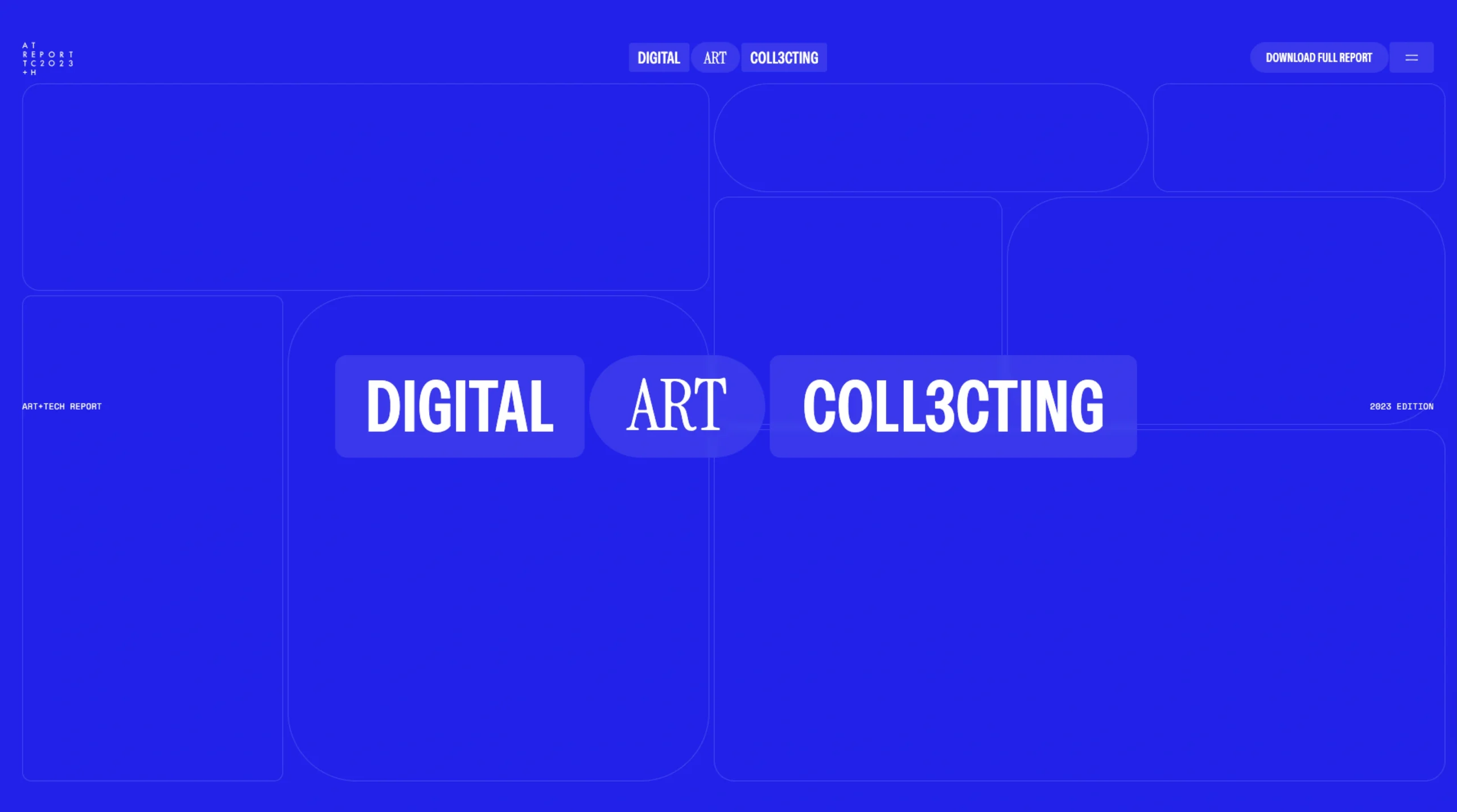
Arttechreport – Art+Tech Report
-
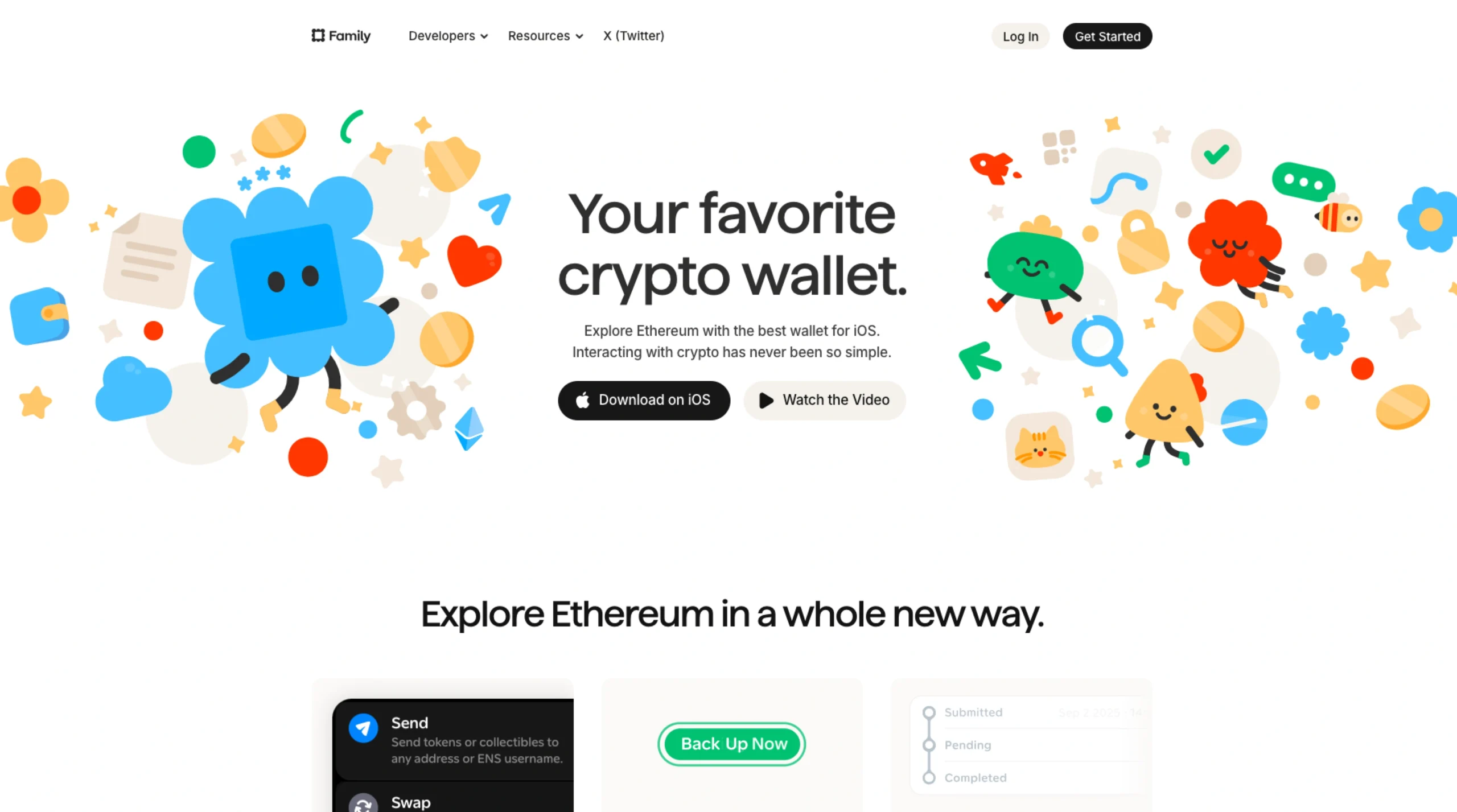
Family – Explore Ethereum With The Best Wallet For iOS
-
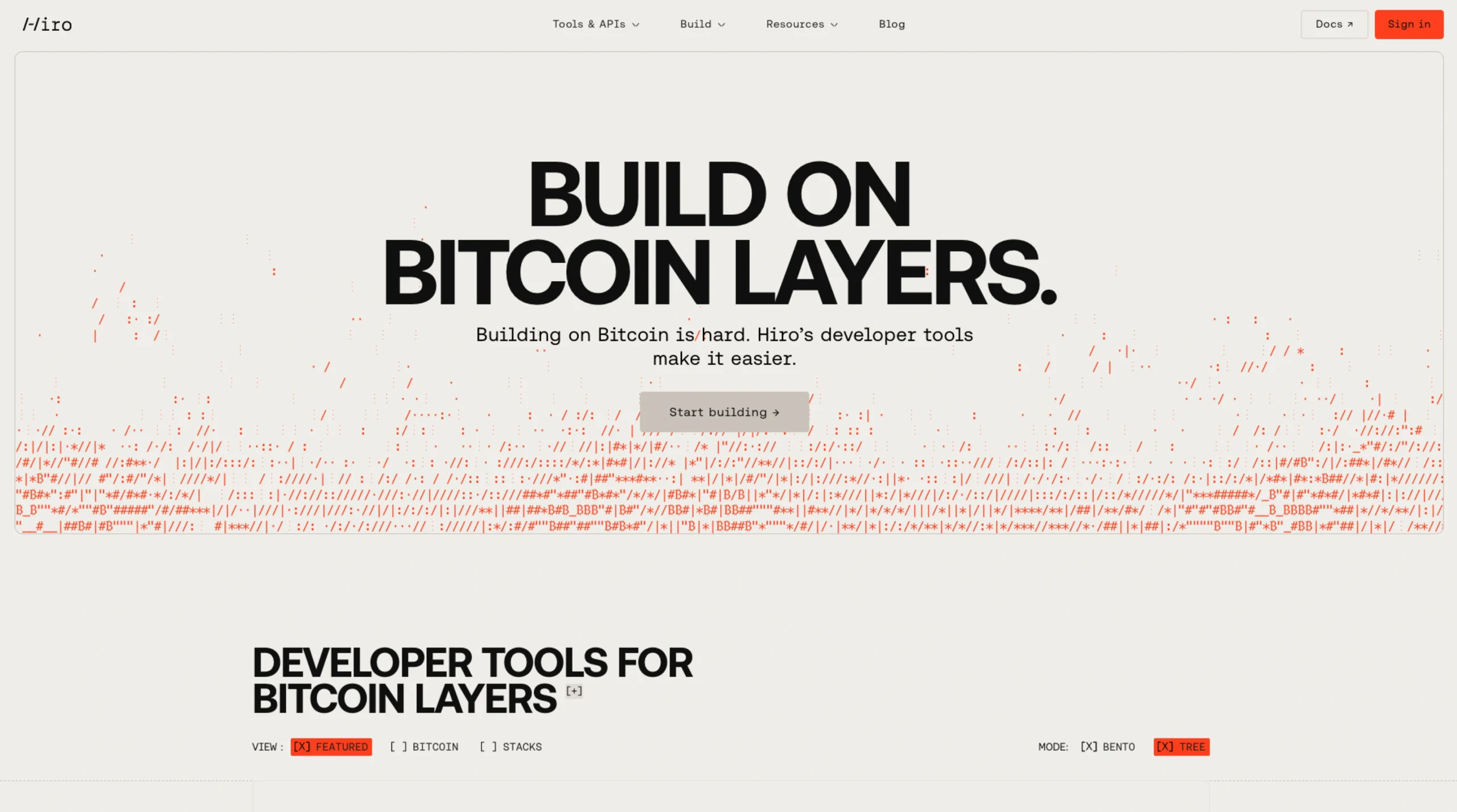
Hiro – Build On Bitcoin Layers
-
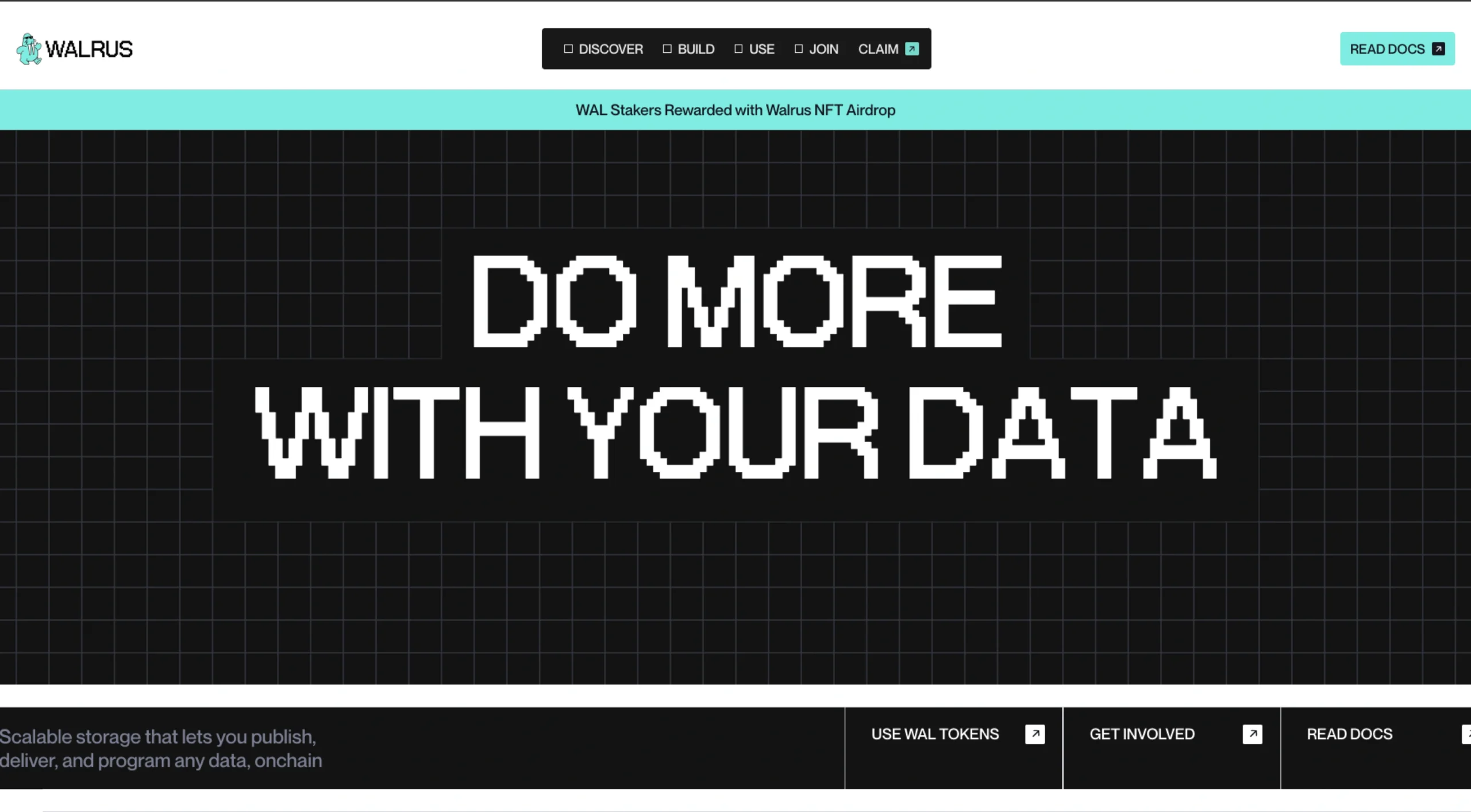
Walrus – Do More With Your Data
-
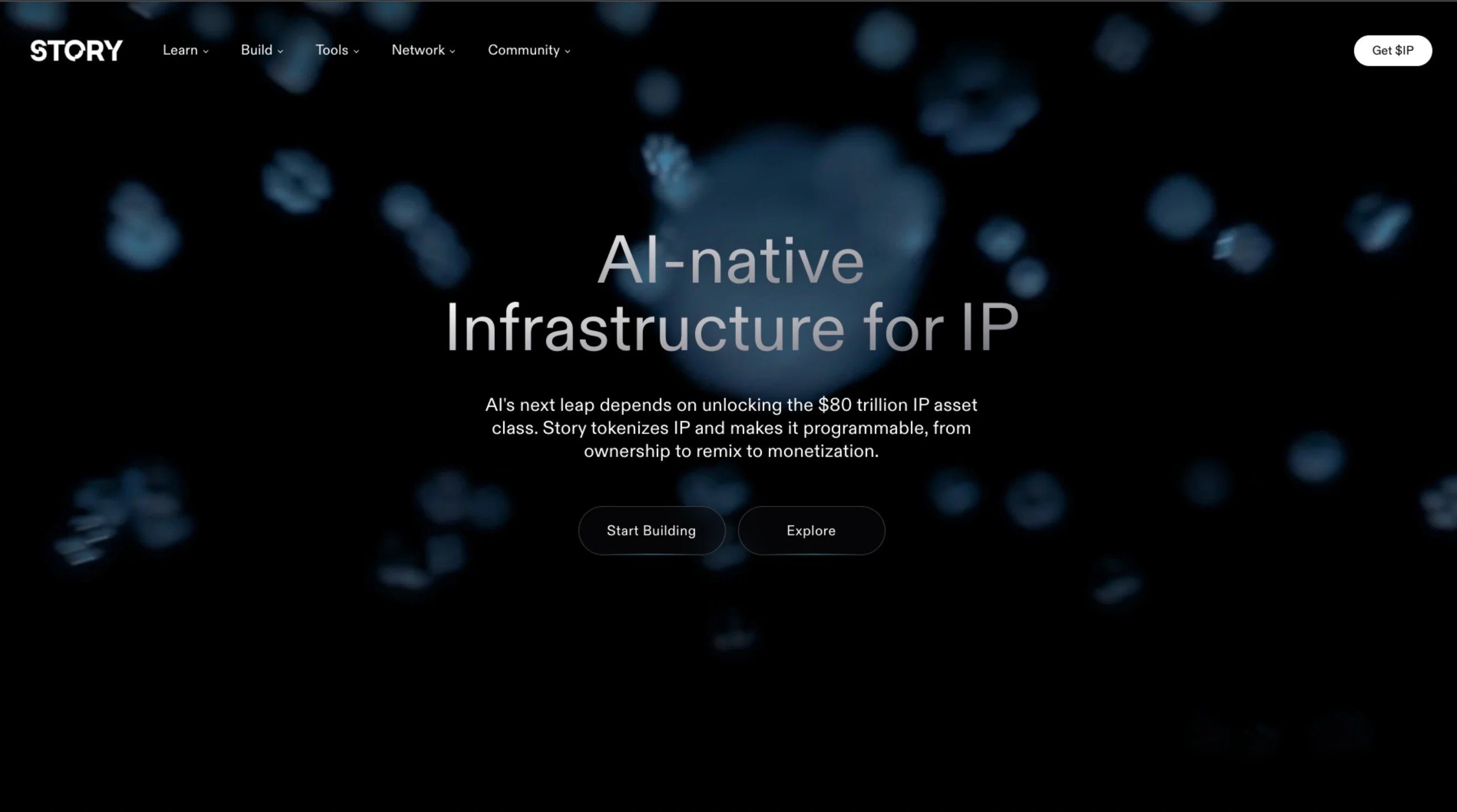
Story Foundation – AI-native Infrastructure for IP
-
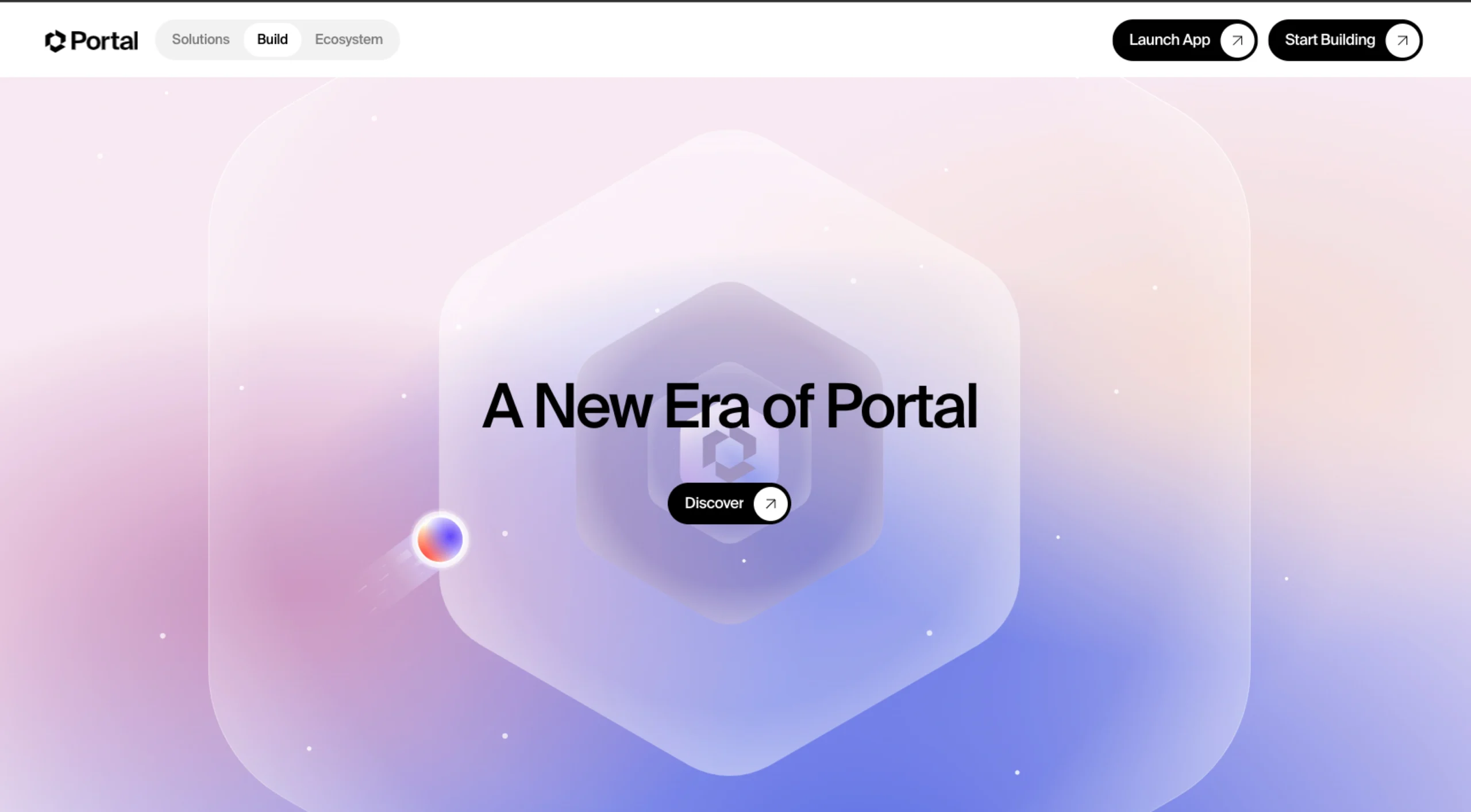
Portalgaming – The Universsal Liquidity Layer
-
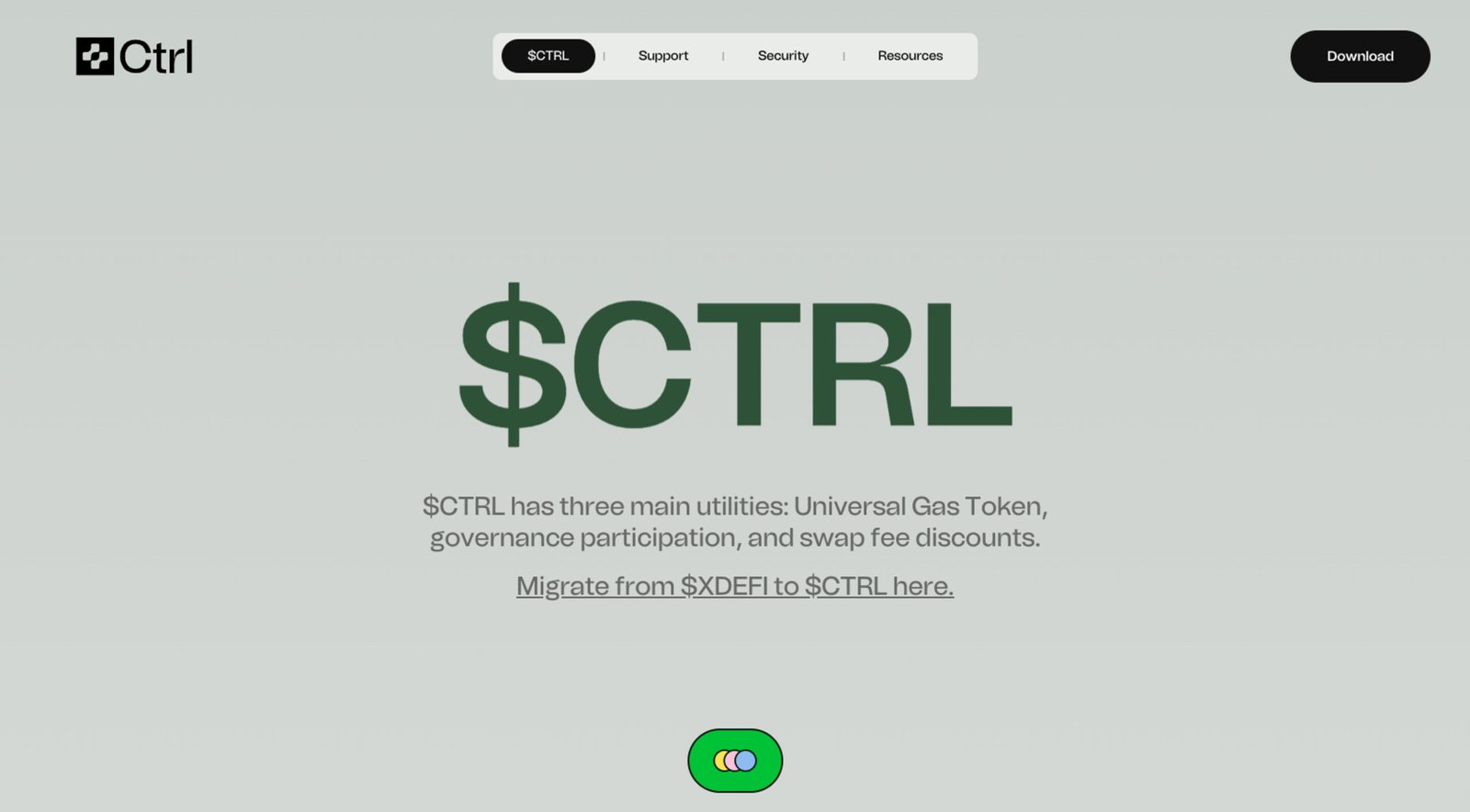
Ctrl – Universal Gas Token
🕸️ Web3 Category Overview
Web3.0 is one of those spaces that’s hard to pin down. It’s promising, fast-moving, sometimes overwhelming—filled with potential and, at the same time, a bit of noise. And if you’re a designer? It’s easy to feel like you’re expected to “get it” overnight.
So we built this Web3 category on UIUXshowcase.com to slow things down a little.
This isn’t a deep-dive into blockchain protocols or smart contracts. It’s a curated collection of design-focused Web3.0 tools and inspiration—things you can actually use. Landing pages that help you understand what “decentralized” looks like in the UI. AI tools that generate Web3-styled components. Books and resources that explain the culture behind crypto projects in plain language.
Whether you’re working on a DAO dashboard, exploring NFTs, or just curious about what Web3 even means for digital product design, this section is here to help you explore the space with a bit more clarity—and maybe a little less pressure to be an expert.
🧰 What You’ll Find in the Web3 Design Resources
🌐 Free Web3.0 UI Resources
Interface kits, components, icon sets, and other small helpers made for—or inspired by—Web3 product design. Think dark themes, tokens, wallets, and modals that feel more decentralized than default.
📄 Landing Page Inspiration from Real Projects
Web3 landing pages often break the mold—visually, structurally, even tonally. We’ve curated a range of examples: some elegant, some chaotic, some surprisingly simple. All worth studying.
🤖 AI Tools for Web3 Code & UI
These tools help generate smart contract UIs, wallet flows, or blockchain dashboards using AI prompts. Not perfect—but fascinating for rapid prototyping or learning through doing.
📚 Web3 & Crypto Books That Don’t Assume You’re a Developer
Because sometimes a well-written book explains more than ten threads ever could. These are beginner-friendly, product-focused reads on Web3, crypto, and decentralized systems. No heavy math. Just perspective.
🎯 Tools Built for Web3 Creators
Whether it’s community tools, token launch design templates, or DAO onboarding flows—these resources were made with Web3 designers and builders in mind, not retrofitted for them.
🙋 Why This Category Exists – Web3 Design Resources
Because Web3 is new. And new things often come wrapped in hype, confusion, and pressure to “catch up.”
But design is still design. Interfaces still need clarity. Onboarding still matters. Trust, even in a decentralized world, still needs to be earned—and communicated.
This category isn’t here to predict the future. It’s just here to help you design for the version of Web3 that’s already happening. Slowly. Iteratively. Sometimes beautifully.
Sometimes… not quite there yet.
It’s for designers who are curious, skeptical, excited—or all three at once.
💡 Frequently Asked Questions (FAQs)
1. Do I need to understand blockchain to use these resources?
Not at all. These tools are meant to help you design around the ideas, not build the tech. You’ll learn by seeing, experimenting, and applying what feels relevant.
2. Are these tools for crypto-specific projects only?
Some are, yes—but many are useful across future-facing, tech-forward digital products. Web3 aesthetics and interactions are starting to influence broader design trends.
3. What if I’m new to Web3 design?
That’s who this category is for. It’s a starting point—not a certification. You don’t need a wallet to explore. Just curiosity.
4. Can I use these design assets commercially?
In most cases, yes—but always check individual licenses. We try to include license info with each listing when possible.
5. Are these AI tools accurate for Web3 development?
They’re good for exploration and prototyping, but not final production code. Think of them as creative partners, not backend engineers.
6. What kind of landing pages are included?
A wide mix—DeFi, NFT platforms, DAOs, crypto wallets, and more. We include commentary on layout, hierarchy, and messaging tone when helpful.
7. Are these resources free?
Many are free or open source. A few tools or books may require payment, but we only include them if they offer real value.
8. Can I submit a Web3 design resource to this library?
Absolutely. If it helps designers working in the Web3 space—and it’s thoughtful, accessible, and practical—we’d love to include it.
9. Will this section keep evolving?
Yes. The Web3 space moves quickly. We’ll keep curating with care—avoiding hype, focusing on what’s genuinely useful for product design.






































